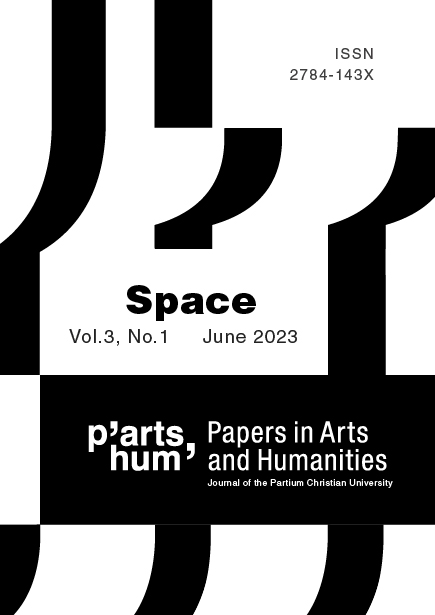The Austerity in Japanese Spaces
The Austerity in Japanese Spaces
Author(s): Irina-Ana DrobotSubject(s): Aesthetics, Indian Philosophy
Published by: Partiumi Keresztény Egyetem
Keywords: wabi-sabi; meditation; temples; Buddhism; minimalism;
Summary/Abstract: The purpose of this paper is to look at austerity present in Japanese culture spaces, such as Japanese gardens, Japanese interior design, which is minimalist, Japanese haiku poems settings, and their connection with Buddhist philosophy. The Japanese do not seem keen on accumulating objects. Instead, they prefer to keep their space minimal. The emptiness in Japanese Buddhist philosophy appears in interior design and garden design. Moreover, the Japanese focus more on their surroundings, for instance on contemplating the seasons and on their awareness of the changing seasons. Buddhist temples allow a large view of the landscape. Meanwhile, the interior design remains minimalist, and it also allows the inhabitant to be surrounded by empty space. The Japanese are not so much focused on accumulating objects during their lifetime as Westerners are. What could be such reasons? Why is their focus on the aesthetics of the surroundings? What could this tell us about Japanese culture that makes it unique?
Journal: P’Arts’Hum
- Issue Year: 3/2023
- Issue No: 1
- Page Range: 81-95
- Page Count: 15
- Language: English

